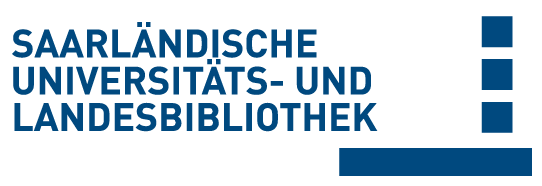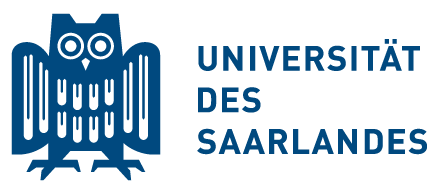Bitte benutzen Sie diese Referenz, um auf diese Ressource zu verweisen:
doi:10.22028/D291-43221 | Titel: | Volatile anesthetics for lung- and diaphragm-protective sedation |
| VerfasserIn: | Müller-Wirtz, Lukas M. O'Gara, Brian Gama de Abreu, Marcelo Schultz, Marcus J. Beitler, Jeremy R. Jerath, Angela Meiser, Andreas |
| Sprache: | Englisch |
| Titel: | Critical Care |
| Bandnummer: | 28 |
| Heft: | 1 |
| Verlag/Plattform: | BMC |
| Erscheinungsjahr: | 2024 |
| Freie Schlagwörter: | Intensive care Inhaled sedation Volatile anesthetics Ventilation Lung Diaphragm Ventilator weaning |
| DDC-Sachgruppe: | 610 Medizin, Gesundheit |
| Dokumenttyp: | Journalartikel / Zeitschriftenartikel |
| Abstract: | This review explores the complex interactions between sedation and invasive ventilation and examines the potential of volatile anesthetics for lung- and diaphragm-protective sedation. In the early stages of invasive ventilation, many critically ill patients experience insufficient respiratory drive and effort, leading to compromised diaphragm function. Compared with common intravenous agents, inhaled sedation with volatile anesthetics better preserves respiratory drive, potentially helping to maintain diaphragm function during prolonged periods of invasive ventilation. In turn, higher concentrations of volatile anesthetics reduce the size of spontaneously generated tidal volumes, potentially reducing lung stress and strain and with that the risk of self-inflicted lung injury. Taken together, inhaled sedation may allow titration of respiratory drive to maintain inspiratory efforts within lung- and diaphragm-protective ranges. Particularly in patients who are expected to require prolonged invasive ventilation, in whom the restoration of adequate but safe inspiratory effort is crucial for successful weaning, inhaled sedation represents an attractive option for lung- and diaphragm-protective sedation. A technical limitation is ventilatory dead space introduced by volatile anesthetic reflectors, although this impact is minimal and comparable to ventilation with heat and moisture exchangers. Further studies are imperative for a comprehensive understanding of the specific effects of inhaled sedation on respiratory drive and effort and, ultimately, how this translates into patient-centered outcomes in critically ill patients. |
| DOI der Erstveröffentlichung: | 10.1186/s13054-024-05049-0 |
| Link zu diesem Datensatz: | urn:nbn:de:bsz:291--ds-432219 hdl:20.500.11880/38777 http://dx.doi.org/10.22028/D291-43221 |
| ISSN: | 1364-8535 |
| Datum des Eintrags: | 22-Okt-2024 |
| Fakultät: | M - Medizinische Fakultät |
| Fachrichtung: | M - Anästhesiologie |
| Professur: | M - Prof. Dr. Thomas Volk |
| Sammlung: | SciDok - Der Wissenschaftsserver der Universität des Saarlandes |
Dateien zu diesem Datensatz:
| Datei | Beschreibung | Größe | Format | |
|---|---|---|---|---|
| s13054-024-05049-0.pdf | 3,18 MB | Adobe PDF | Öffnen/Anzeigen |
Diese Ressource wurde unter folgender Copyright-Bestimmung veröffentlicht: Lizenz von Creative Commons


